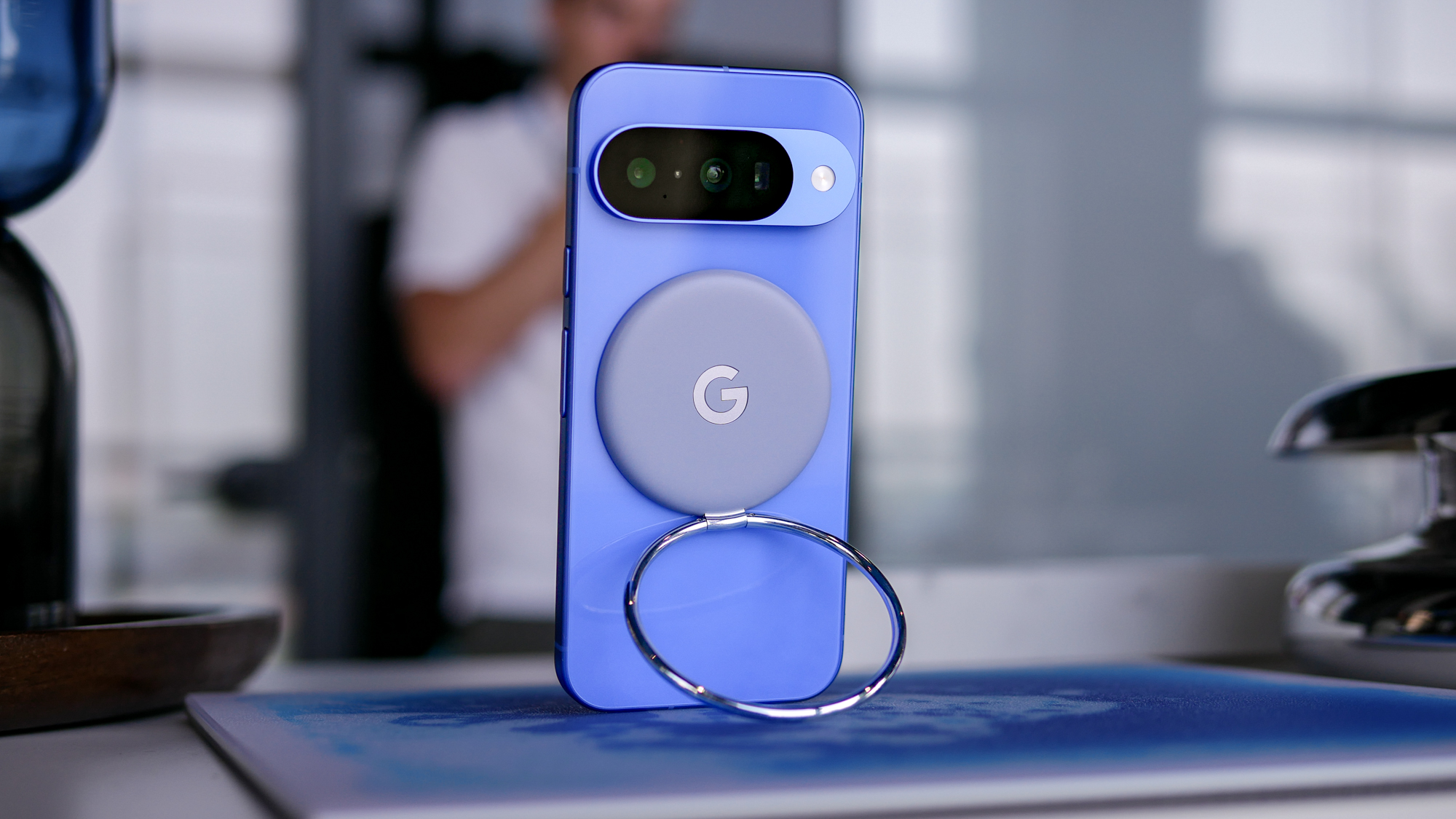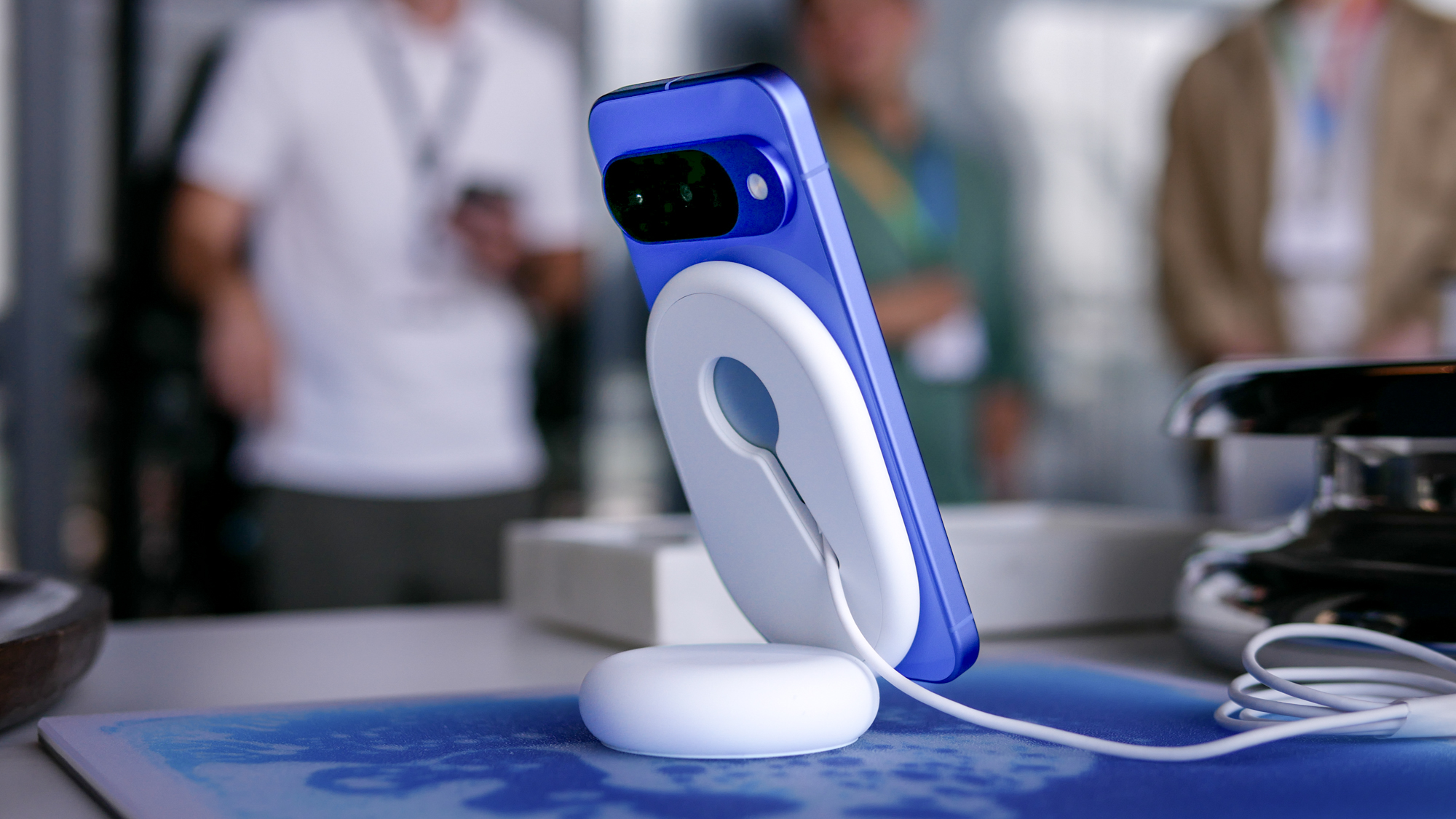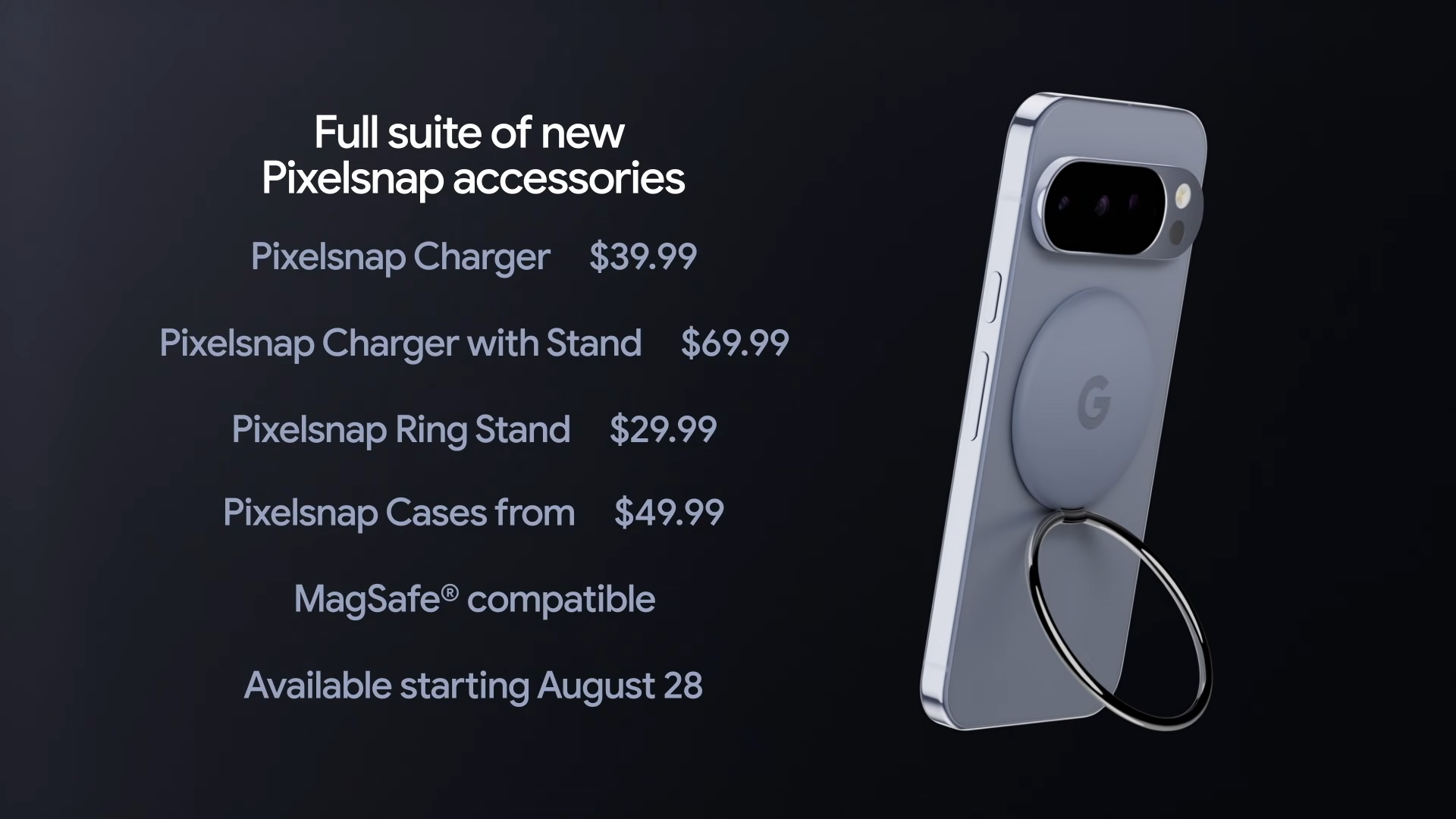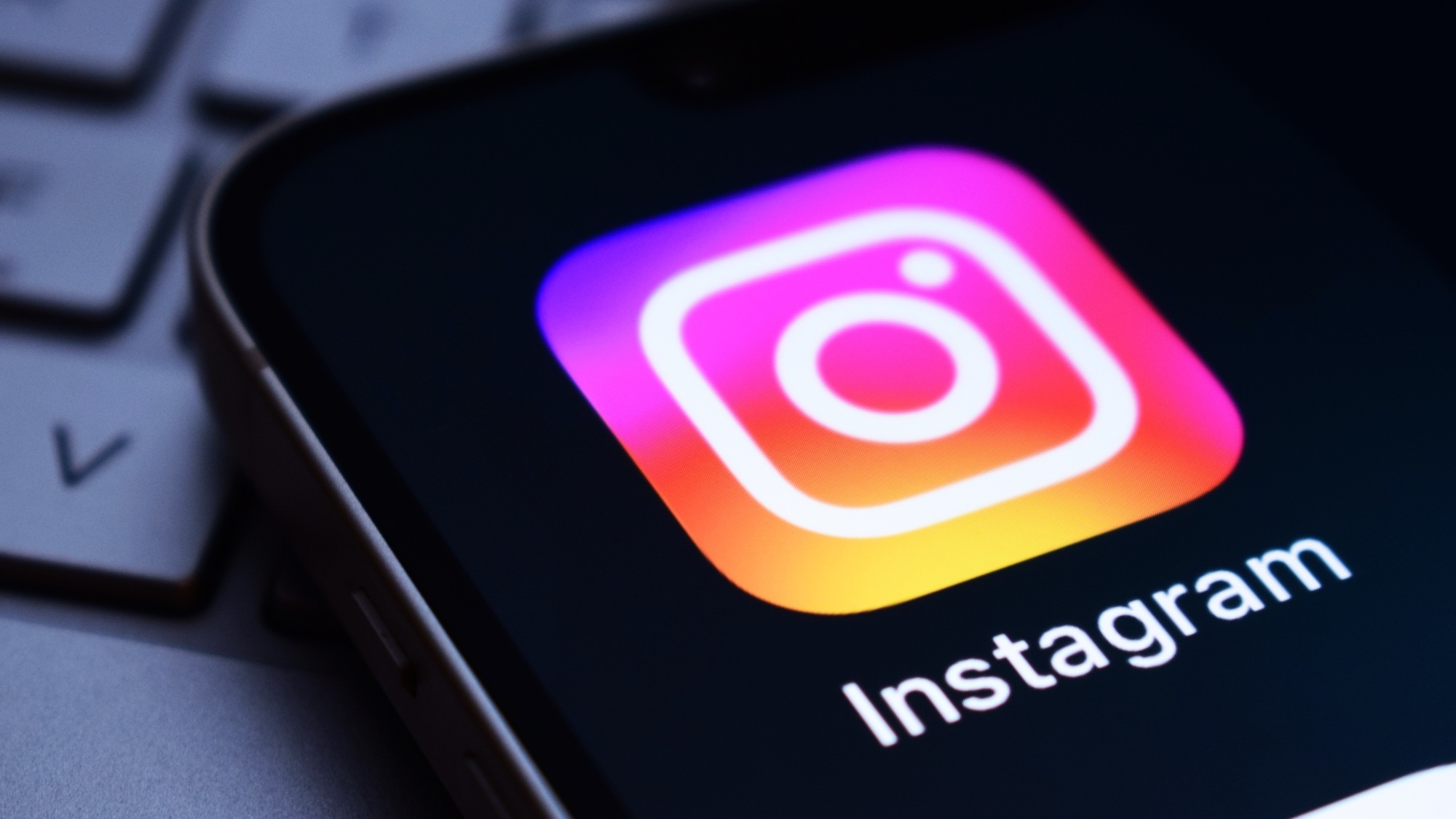Pixelsnap is the Pixel 10 upgrade everyone should be the most excited about — here's why
Here's an upgrade that benefits everyone

Yesterday turned out to be a pretty big day for Android phones. Google announced the entire Pixel 10 lineup on August 20, and confirmed that all four new phones will come with Qi2 wireless charging. Like the best iPhones — and unlike Galaxy S25 lineup — this is full Qi2 wireless charging with magnets inside the phone — no cases required.
Officially Qi2 on the Pixel 10 is called "Pixelsnap," but unlike Apple's MagSafe the actual charging doesn't really seem to offer anything different to the Qi2 standard. Instead, Pixelsnap seems to be more focussed on accessories, a bunch of which have been announced alongside the Pixel 10 series.
And it's arguably the most important thing Google has announced for the Pixel 10 series. Here's why.
Qi2 finally has the Android champion it needs

Google isn't the first Android phonemaker to offer the true Qi2 experience, since HMD was pretty quick to adopt the standard on some of its own phones. And while I mean no disrespect to HMD, they don't really have a high enough profile to kickstart any major trends. Qi2 needed one of the Android bigwigs on-side if it was going to succeed, and it might have just found it with Google.
It baffles me that Qi2 has basically struggled to get any kind of acceptance on Android — especially since MagSafe has been a thing for so long. The magnets help you add extra accessories to your phone without glue or other adhesives, and the charging experience is better. It's faster, with adaptive charging to help control the flow of electricity into your phone
I had previously hoped that Qi2 would debut on the Pixel 9 series last year, but at the time Google seemed to have zero interest in making it happen. In fact a spokesperson claimed that there were "no tangible benefits" to the technology. Funny how attitudes change over the course of 12 months.
Later, I got my hopes up that Samsung would jump in and right Google's wrongs — only for the company to offer a half-baked take on Qi2 instead. While the Galaxy S25 offered all the charging benefits of Qi2 —specifically the 15W charging speeds — the phones lacked the internal magnets. This led to a new, not-at-all confusing version of Qi2 dubbed "Qi2 ready."
Get instant access to breaking news, the hottest reviews, great deals and helpful tips.
It was claimed that the magnets affected the display and S Pen performance, with later reports that the digitizer layer was particularly at risk of magnetic interference. No digitizer means no S Pen, and that meant the magnets weren't welcome. If you wanted that particular Qi2 benefit for your Galaxy S25, you'd need to buy an approved magnetic case instead.
I suppose it's better later than never, and now Google has got on board with Qi2. The true, magnetic version that offers capabilities iPhones have offered for so long that MagSafe has become just another feature.
And having that high-profile phone maker on board should prompt other Android phone makers to follow suit. Because phone companies always seem to love nothing more than copying each other's ideas.
How does Pixelsnap differ from Qi2?

Honestly, based on what we've heard, the difference between Qi2 and Pixelsnap is all in the name. It's not like Apple MagSafe, which is technically a different product that only works with Apple phones — even if it is essentially Qi2's elder sibling.
Google still refers to Pixel 10's charging as Qi2 (or Qi2.2 for the XL model), while Pixelsnap is more a brand name for its magnetic products.

So far Google has announced Pixel 10 series cases, a magnetic ring stand, a wireless charger and a stand for said wireless charger. All of them are official "Pixelsnap" products, and the point is that they're going to play nice with the Qi2 magnets in the back of the Pixel 10.
And because of Qi2's universal compatibility, even with iPhones, it means all of these products will work with other Qi2 devices. Apart from the cases, naturally, since they're tailored to the specific sizes of each Pixel model.
It works in reverse too, meaning you can use Qi2-certified products with a Pixel 10 as well. Google even made a point of saying you can use MagSafe accessories with its Pixel 10 models, which is great for all the stands or grips that you may come across. Just remember that MagSafe chargers only offer faster speeds if they're charging iPhones.
Pixelsnap branding should, in theory, ensure that those products are guaranteed to work with Pixel 10 phones. As someone that has used unofficial Qi2-style cases on Android phones in the past, there had been cases when the magnets didn't align with the wireless charging coils — making the process significantly worse.
An official Pixelsnap case shouldn't have that problem, and they should set the standard for third party options going forward. Which is a good thing, because the prospect of paying $50 for an official Pixelsnap case does not appeal to me.
Outlook
I feel like I've been going on about this topic for years, but the time has finally come that Qi2 has a mainstream presence on Android phones. That's good for Pixel owners like me, and it's good for everyone else with a premium Android phone — because I know for a fact rival phone makers will already be taking notes.
I'm not so keen on the price of Pixelsnap accessories, especially since the Pixelsnap charging stand is not a proper 3rd generation Pixel Stand. But we can't have everything, and for now I'm just thrilled that Qi2 is finally getting the spotlight it deserves.
More from Tom's Guide
- Pixel 10 Pro XL apparent benchmarks just leaked and it's not good news
- Google Pixel 10 is stuffed with AI features — here are the 7 we’re most excited for
- Google Pixel 10 Pro Fold Hands-on Review: The Smartest (and Toughest) Foldable Yet

Tom is the Tom's Guide's UK Phones Editor, tackling the latest smartphone news and vocally expressing his opinions about upcoming features or changes. It's long way from his days as editor of Gizmodo UK, when pretty much everything was on the table. He’s usually found trying to squeeze another giant Lego set onto the shelf, draining very large cups of coffee, or complaining about how terrible his Smart TV is.
You must confirm your public display name before commenting
Please logout and then login again, you will then be prompted to enter your display name.
